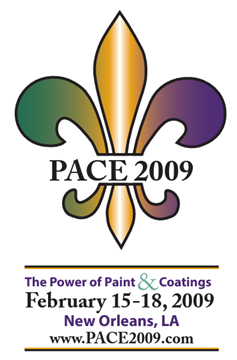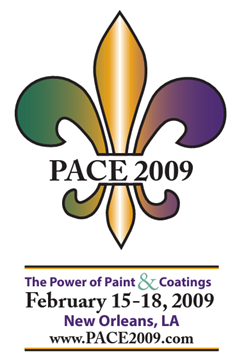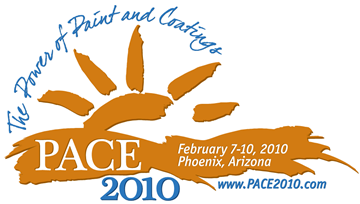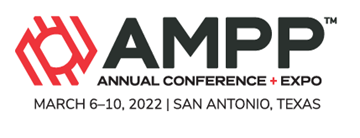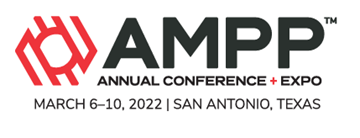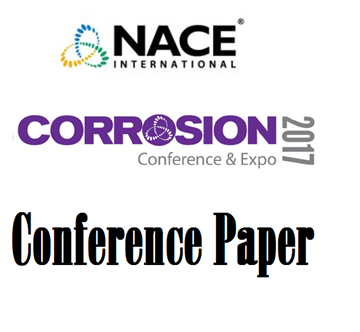Search
Individual Conference Papers
View as
Sort by
Display
per page
New UT Techniques for HTHA Detection – Lessons From the Field
Product Number:
51321-16320-SG
Publication Date:
2021
$20.00
New Vinyl Coating System for the Marine Industry
Product Number:
41209-480-SG
Publication Date:
2009
$20.00
New Water-Based Fluoropolymer Resins for Ultra-Weatherable Coatings
Product Number:
41209-472-SG
Publication Date:
2009
$20.00
Newly Developed Waterborne Phenalkamine for Corrosion Resistant Primers
Product Number:
51217-083-SG
Publication Date:
2017
$20.00
Next Generation Closed Loop Corrosion Inhibitors: Increasing Reliability & Decreasing Environmental Impact
Product Number:
51321-16465-SG
Publication Date:
2021
$20.00
Next Generation Reinforced Concrete Corrosion Modeling With Interdependent Initiation And Propagation Stages
Product Number:
51321-16848-SG
Publication Date:
2021
$20.00
Next Step To Advanced Data Analysis With Pulsed Eddy Currents
Product Number:
51322-17568-SG
Publication Date:
2022
$20.00
Nickel Based Alloy Casting Failure In Potash Production Mill
Product Number:
51322-17528-SG
Publication Date:
2022
$20.00
Nickel-Cobalt Electroplating as a Protection Against Environmentally Assisted Cracking of Coated High-Strength Steel Bolts in Seawater
Product Number:
51319-13270-SG
Publication Date:
2019
$20.00
Nitrite-Based Oxidative Chemical Treatments for Polythionic Acid SCC Mitigation
Product Number:
51324-21145-SG
Publication Date:
2024
$40.00
Ni-W-B and Ni-W-B-Nanodiamond Metal Matrix Nanocomposite Protective Coatings
Product Number:
51317--9149-SG
ISBN:
9149 2017 CP
Publication Date:
2017
$20.00


